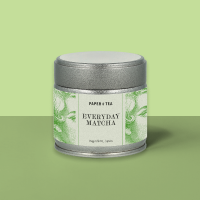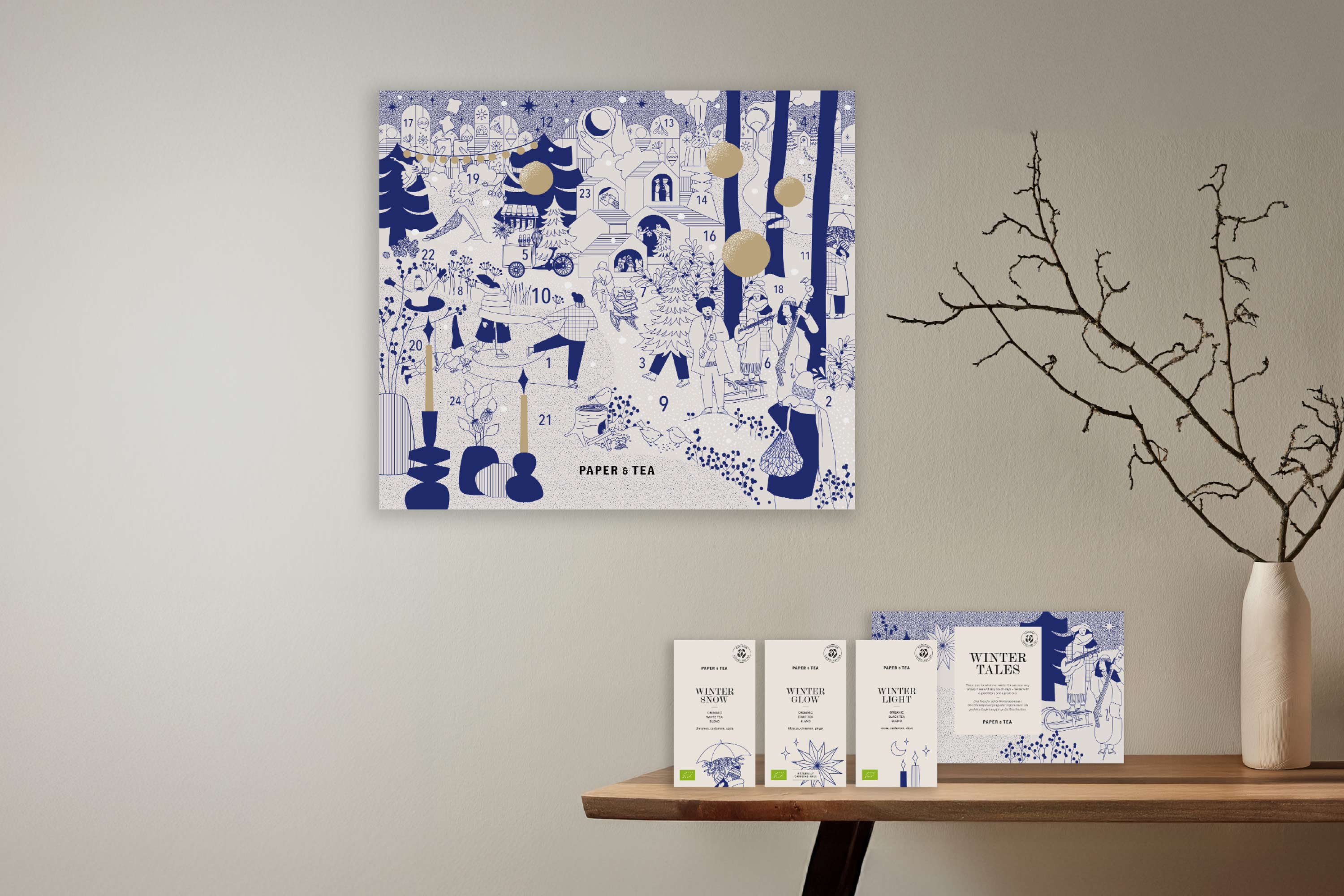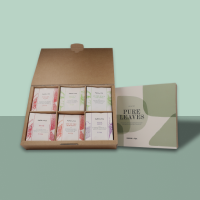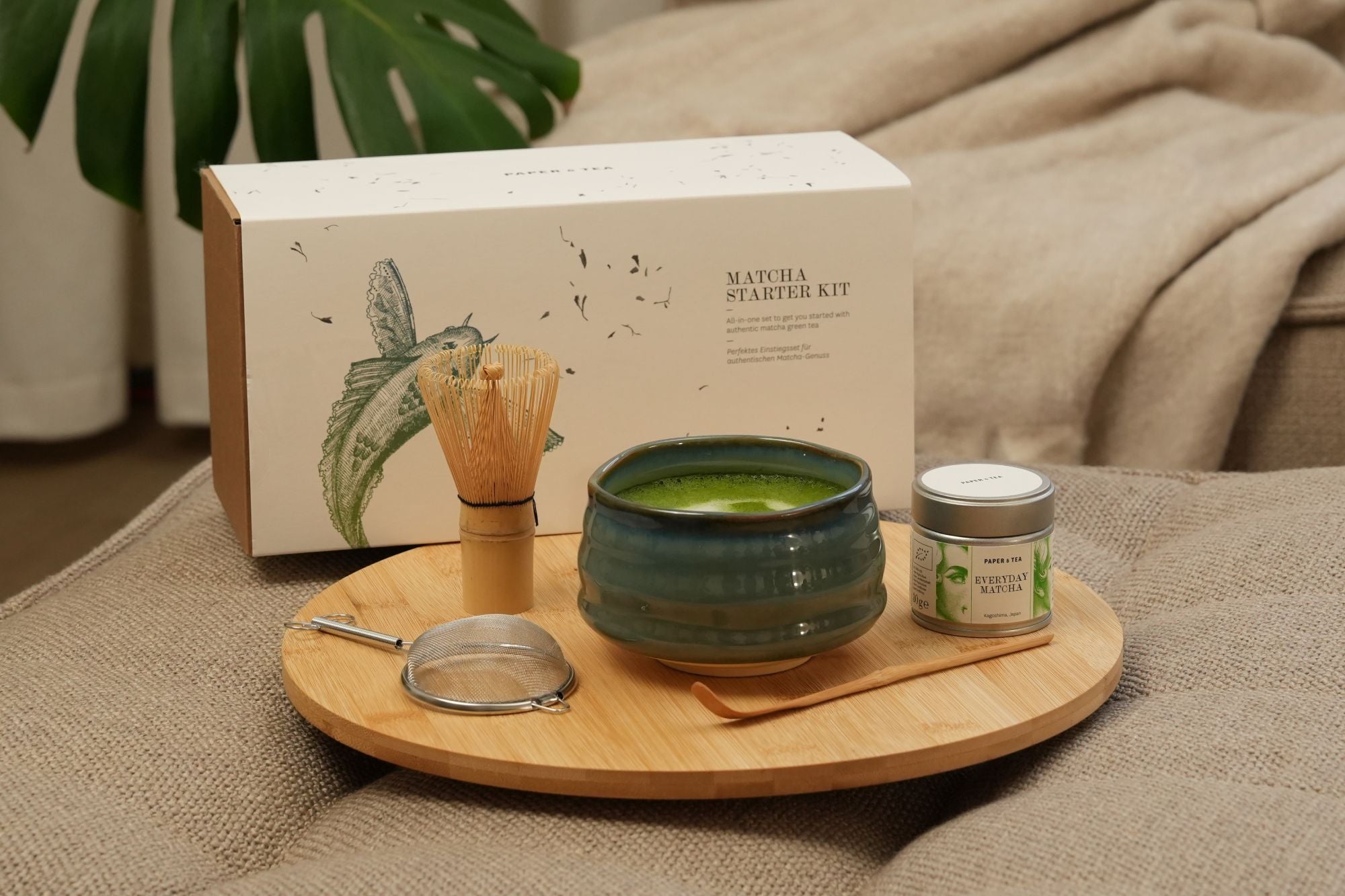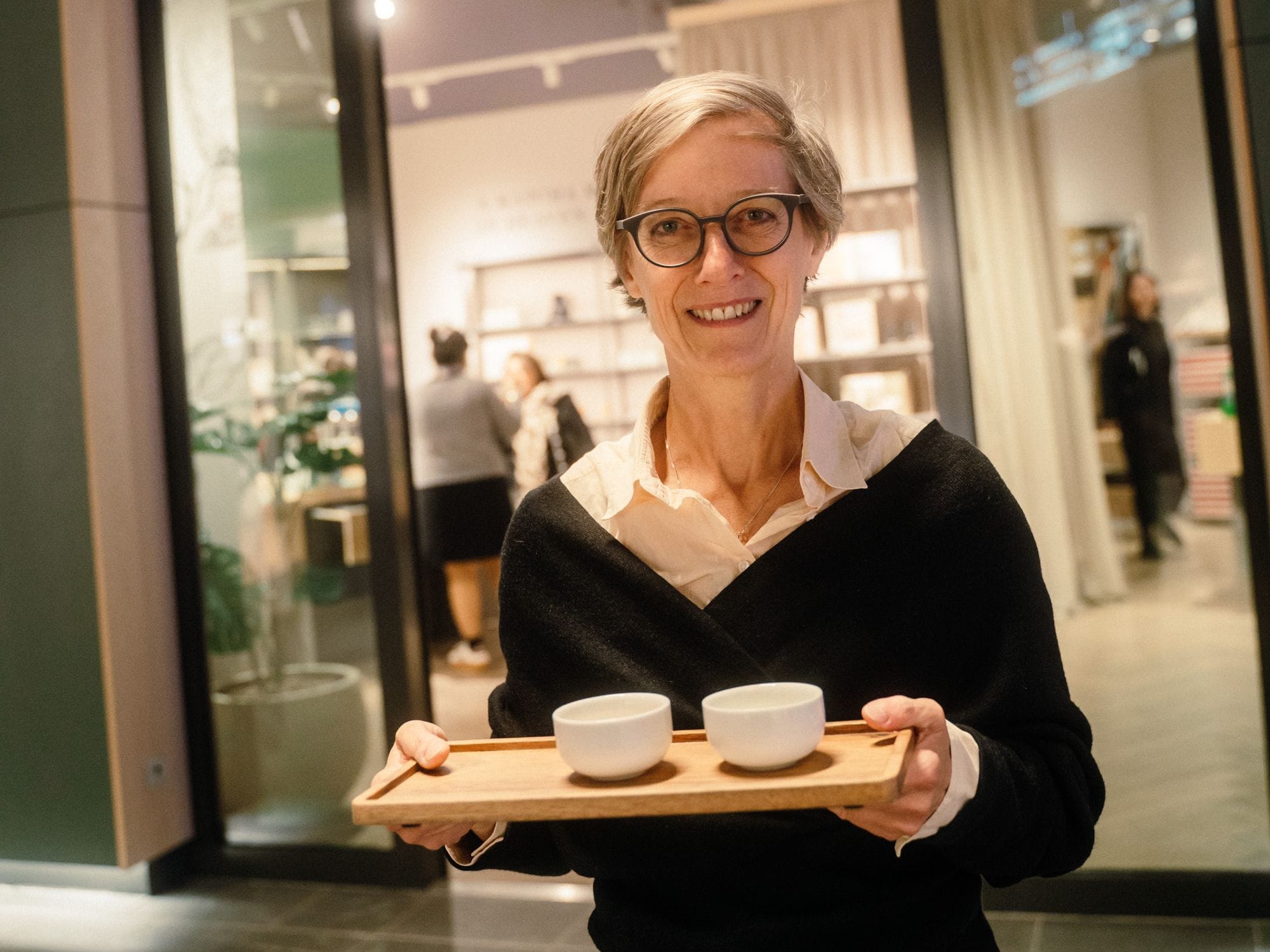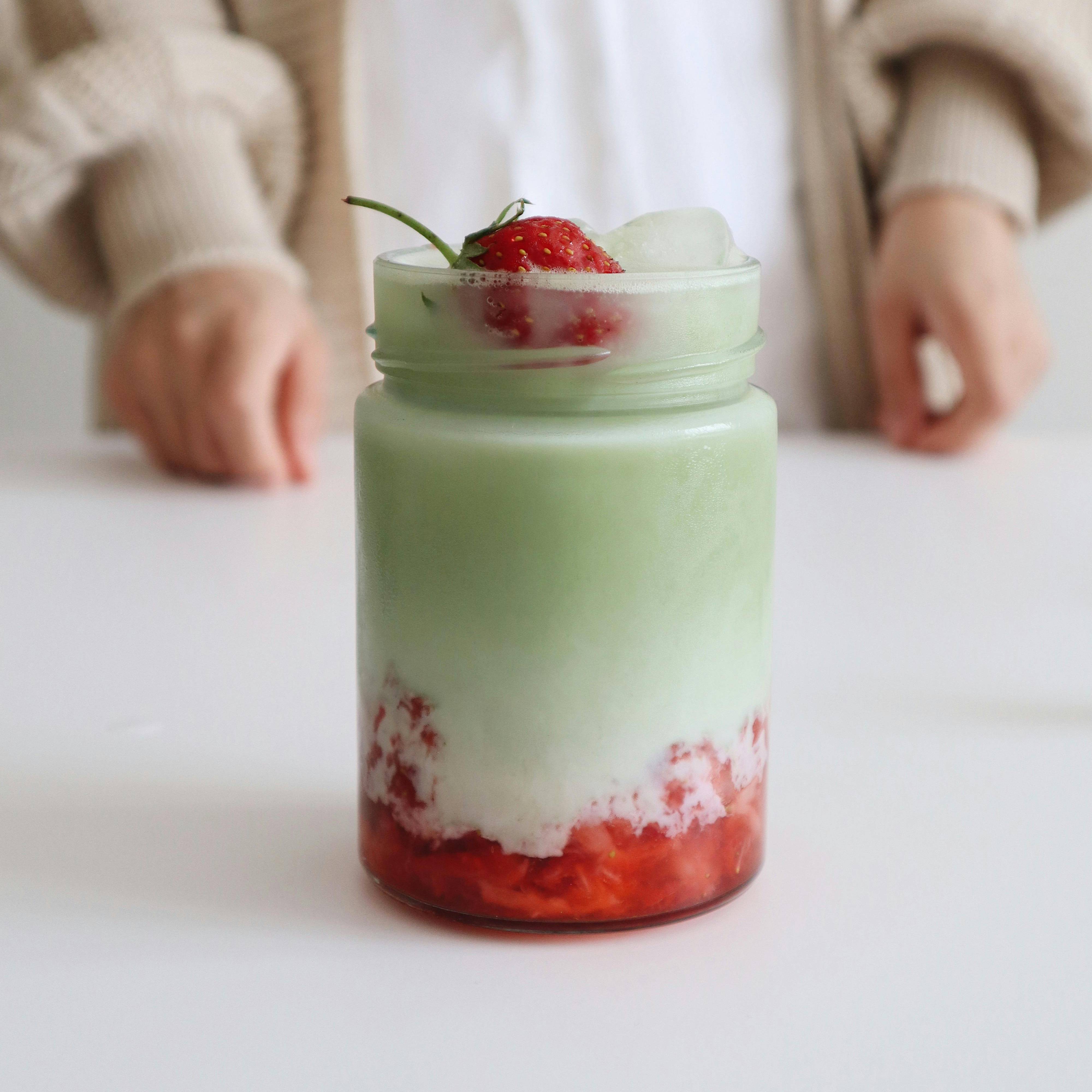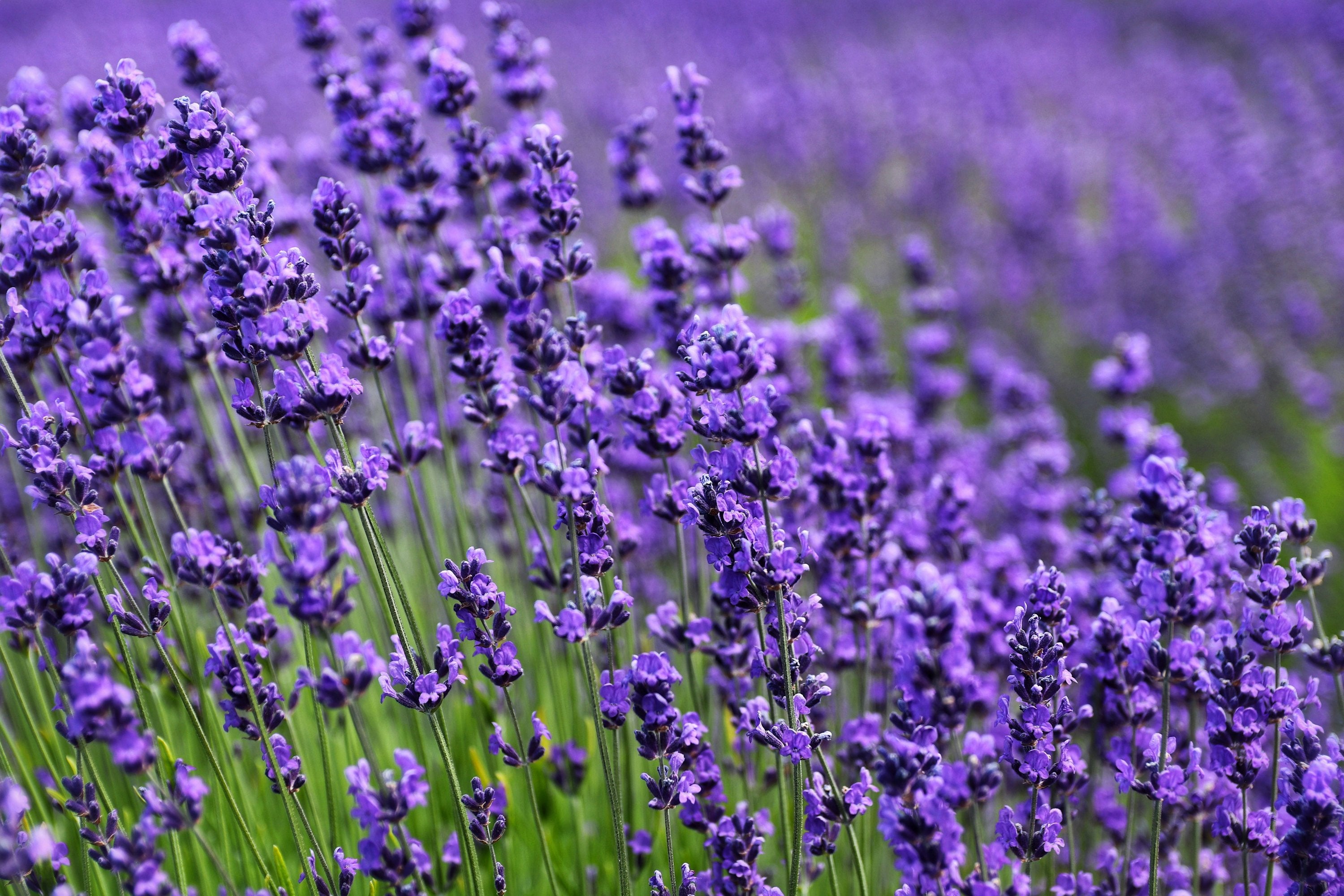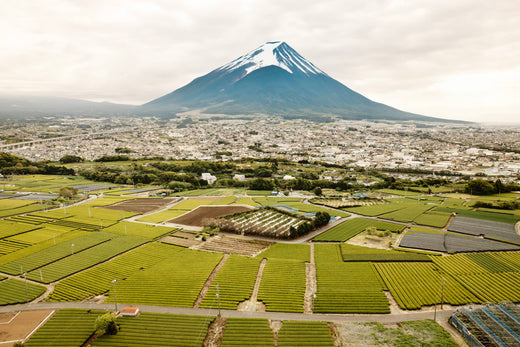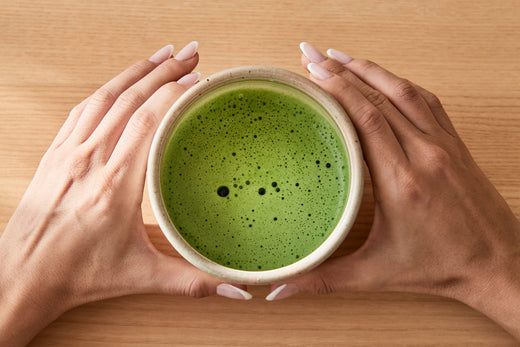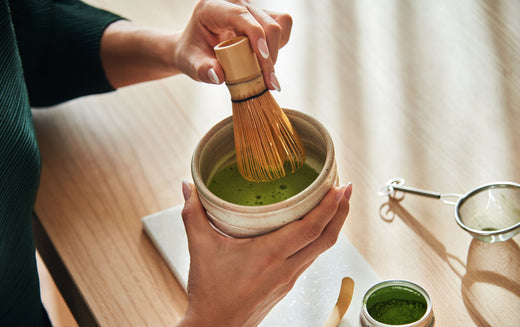Fuelled by curiosity, we embarked on a two-week exploration of Japan, delving into its rich culture and the essential significance of tea. While forging meaningful connections with longstanding partners and transforming them into friendships, we visited captivating tea plantations across various regions of Japan. Throughout this journey, we gained a deep understanding of the crucial factors that define the quality and taste of tea: Japanese terroir, harvest times, and innovative cultivation methods. Join us on this exciting adventure in the Land of the Rising Sun and be inspired by the knowledge and stories we've gathered on-site. Let's immerse ourselves in the mindful Japanese green tea culture and start the new year by reconnecting with tradition, simplicity, and authenticity.
Journey to Japan: Unveiling the Stories Behind Each Cup
“As part of our Origin Stories journeys, our first destination was Japan, where we immersed ourselves in local tea cultivation and gathered valuable knowledge. In our range, we present carefully selected Japanese teas of the highest quality, each with its own unique story. It was a heartfelt mission for us to personally discover the origin, cultivation methods, and the individuals behind these teas to share exactly these stories and extraordinary aspects of Japanese tea culture.” – Eduardo, PAPER & TEA Head of Tea Experience.
Soil, Climate & Terrain
During our journey, we delved into the essence of Japanese terroir. "Terroir" describes the influence of climate, soil composition, and landscape on the growth of tea plants. Japan provides exceptionally ideal conditions, featuring unique elements like soil enriched with volcanic ash. The country, located along the Pacific Ring of Fire, boasts around 110 active volcanoes. The mineral-rich volcanic ash falls onto cultivation areas during eruptions, enriching the soil. The result: an exceptionally intense tea flavor. In Kagoshima on Kyushu Island, we actively experienced the influence of terroir and felt this volcanic soil between our fingers. Our DAIKOKU N°317 is an outstanding example of how terroir reflects in the quality and taste of tea. Grown in volcanic soil, this semi-shaded Sencha combines profound umami notes with fresh Sencha grassiness, revealing unparalleled complexity with every cup.

“Kagoshima left a profound impression on me during our journey and stands out as a true highlight. Upon entering the city, it feels like the gateway to an extraordinary world. The volcano, situated on a peninsula, uniquely shapes the landscape. Seeing and feeling the soil and being able to experience the impact it has on the tea is great. It was here where I first realized the strength and power of the soil and how it truly influences the tea. And this is then paired with the valuable tea knowledge of the local tea farmers we personally met, as well as forward-thinking approaches like the exclusive production of organic teas. This is what we seek in premium teas – something extraordinary.” – Eduardo, PAPER & TEA Head of Tea Experience
Harvest Time
Next, our partners shared their knowledge about the significance of harvest time in determining the taste of the final tea. Each of the three to five annual harvests brings out a different quality of tea and has its own special characteristics. In the cool months between October and March, the tea plant "sleeps." During this hibernation phase, no new leaves grow, but the plant gathers strength and nutrients. These are then converted into growth from March onwards. The most sought-after harvest is the first of the year, known as "First Flush", where only the top, tender buds are harvested. This harvest, characterized by exceptionally high quality, is highly prized. Yet, even the last harvest stands among the Japanese people's favorite teas. This final harvest can be enjoyed even in the late hours due to its lower caffeine content. Our DAILY TOAST N°318 is a delightful example of this. This Houjicha is roasted to impart greater complexity, resulting in a low-caffeine everyday tea with robust malt and nutty notes, complemented by a hint of green freshness.
Shading
The essence of some Japanese teas is shaped not only by terroir or harvest time but also by intricate cultivation methods such as shading. A practice passionately pursued by some of our partners. In Japan, ancient wisdom states that the more intense the umami flavor, the higher the quality of the tea. This exceptional taste often results from shading tea trees. Up to three weeks before harvest, sunlight is deprived of the plants, and carefully covered tea trees stretch across the horizon. This technique leads the plants to accumulate more chlorophyll, resulting in the coveted umami taste. Reportedly, this method was discovered accidentally when tea farmers long ago noticed that tea plants growing in the shade of trees developed a particularly intense umami taste.
An exceptional example of this practice is our KUMANO N°313. It is made mainly from the stems of a premium Gyokuro and blended with some Gyokuro and Sencha leaves. After the three-week shading period, the stems and leaves are harvested, steamed, and dried, giving this tea its distinctive umami flavor.

Tea as a Daily Companion
Ultimately, our journey through Japan not only expanded our knowledge of tea cultivation and strengthened our partnerships but also underscored the deep-rooted presence of tea in Japanese daily life. Whether through traditional tea ceremonies or neon-colored tea vending machines – tea flows through the country's veins.
It's worth noting that when tea is mentioned in Japan, it's most likely green tea. And most likely, you'll be served Sencha – Japan's undisputed everyday green tea. "Sencha" translates to "steamed tea." This variety is briefly steamed, rolled into fine needles, and dried. A sun-soaked tea that delights with its juicy green flavor profile, much like our MIGHTY GREEN N°319.

